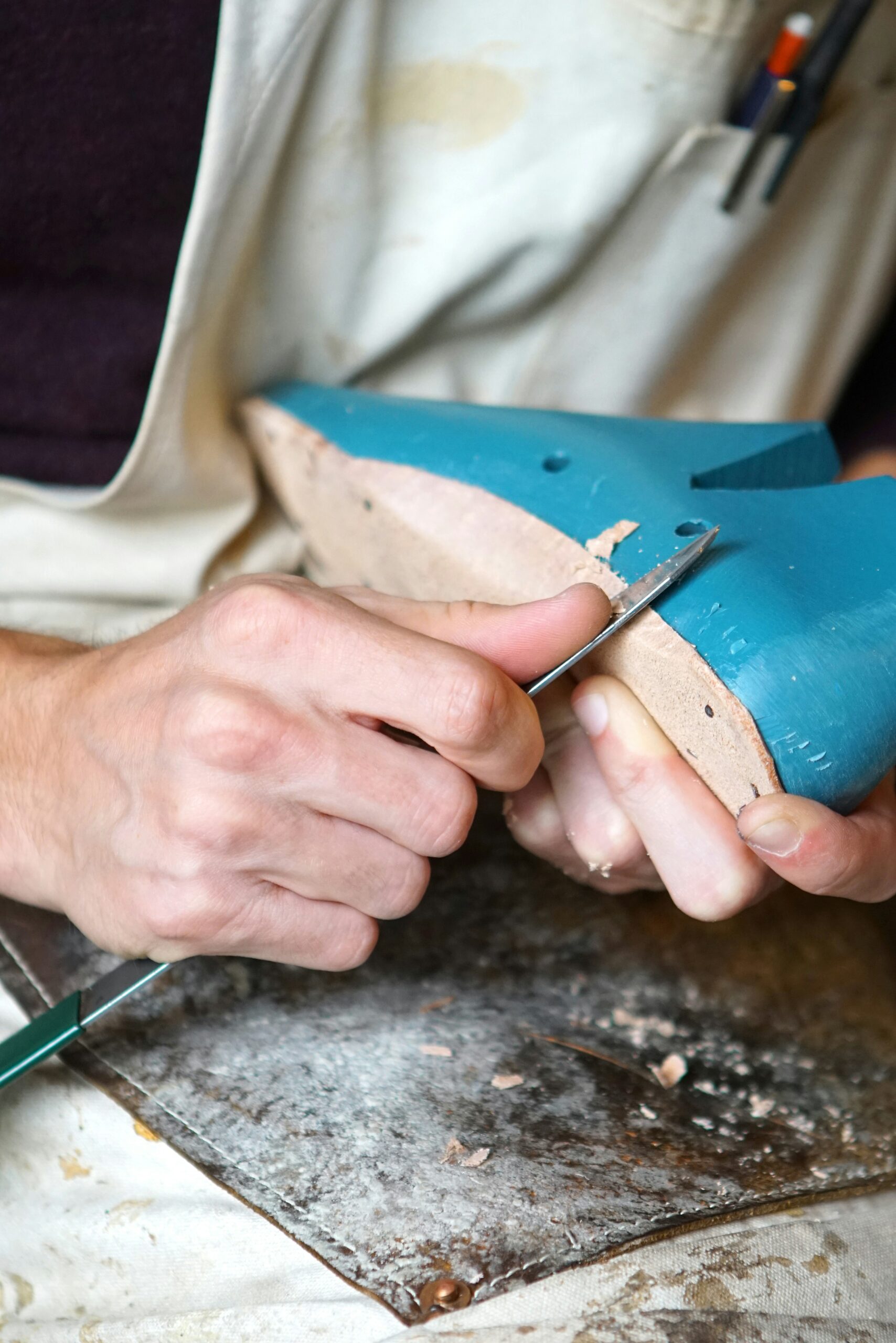The Decline of Shoemaking in Australia: What Happened to this Art Form?
Throughout the 20th century, Australia’s shoemaking and cobbler scene thrived, with skilled craftsmen creating beautiful and durable footwear. However, over the years, this once vibrant industry has experienced a significant decline. In this blog post, we will explore the factors that led to the decline of shoemaking in Australia and discuss the efforts being made to keep this art form alive.
The Rise and Fall of Shoemaking in Australia
In the early 20th century, shoemaking was a lucrative trade in Australia. The demand for custom-made shoes was high, and skilled craftsmen could find steady work. However, with the advent of mass production and the rise of cheap, imported footwear, the demand for handmade shoes began to decline.
The introduction of new materials and manufacturing techniques also played a role in the decline of shoemaking. Synthetic materials and automated machinery allowed for faster and cheaper production, making it difficult for traditional shoemakers to compete.
The Impact of Globalization
Globalization has had a profound impact on the decline of shoemaking in Australia. As international trade barriers were lifted, cheap mass-produced shoes from countries with lower labor costs flooded the market. These shoes were often priced lower than what local shoemakers could offer, making it challenging for them to compete.
Additionally, the shift in consumer preferences towards fast fashion and disposable footwear further contributed to the decline. Many consumers prioritize affordability and trends over quality and durability, leading to a decrease in demand for handmade, long-lasting shoes.
The Efforts to Preserve Shoemaking as an Art Form
Despite the challenges, there are dedicated individuals and organizations working to keep the art form of shoemaking alive in Australia.
One such initiative is the establishment of specialized shoemaking schools and workshops. These institutions provide aspiring shoemakers with the necessary skills and knowledge to create handmade shoes. By passing on the craft to the next generation, these schools ensure that the art form is not lost.
Furthermore, there is a growing appreciation for locally made and sustainable products. Many consumers are becoming more conscious of the environmental and social impact of their purchases. This shift in mindset has led to a resurgence of interest in handmade, ethically produced footwear.
Some shoemakers have also embraced the digital era, using online platforms to showcase their work and reach a wider audience. Social media platforms, such as Instagram, have become valuable tools for craftsmen to showcase their skills and connect with potential customers.
The Future of Shoemaking in Australia
While the decline of shoemaking in Australia is undeniable, there is hope for its revival. As consumers become more conscious of the impact of their choices, there is a growing demand for sustainable and locally made products.
By supporting local shoemakers and investing in quality, handmade footwear, individuals can contribute to the preservation of this art form. Additionally, initiatives that promote education and training in shoemaking will play a crucial role in ensuring that the skills and knowledge are passed down to future generations.
It is essential to recognize the value of handmade shoes not only as functional items but also as pieces of art. The uniqueness, attention to detail, and craftsmanship that go into each pair of handmade shoes make them truly special.
Conclusion
The decline of shoemaking in Australia can be attributed to various factors, including mass production, globalization, and changing consumer preferences. However, efforts to preserve this art form are underway, with shoemaking schools, online platforms, and a growing demand for sustainable products.
By supporting local shoemakers and appreciating the artistry behind handmade shoes, we can help keep this age-old tradition alive and ensure that future generations can enjoy the beauty and quality of handmade footwear.

